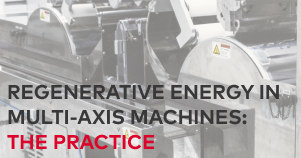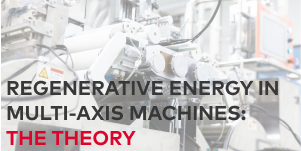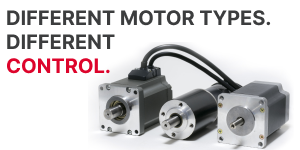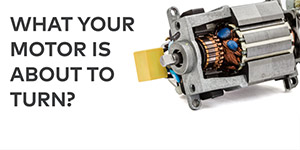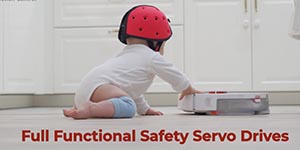Part 2: Regenerative energy
Multi-axis machines such as packagers, labelers, and equipment with assembly robots often perform the same sequence of moves repeatedly, sometimes over extended periods. In some cases, the motion profile causes the axes to generate regenerative energy.

